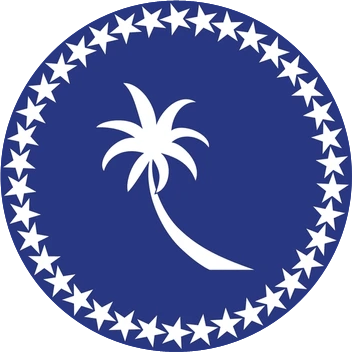Chuuk (formerly known as Truk) is one of the four states of the Federated States of Micronesia (FSM), an island nation in the western Pacific Ocean. Here's a detailed overview:
Geography
- Location: Central Pacific Ocean, part of the Caroline Islands.
- Main Feature: Chuuk Lagoon — a large, sheltered body of water surrounded by a protective reef and dotted with dozens of islands.
- Islands: Includes both high volcanic islands (like Weno) and low-lying atolls.
- Capital: Weno Island, which is also the state’s largest urban center.
History
- Pre-colonial: Traditionally organized into clan-based societies.
- Colonial Era:
- 1800s: Visited by European explorers and missionaries.
- Later colonized by Germany, then Japan during WWI.
- WWII: Chuuk Lagoon was Japan's main naval base in the Pacific; heavily bombed by the U.S. in 1944 (Operation Hailstone). Many shipwrecks now lie on the lagoon floor.
- Became part of the Trust Territory of the Pacific Islands under U.S. administration after WWII.
- Independence: FSM became independent in 1986 under the Compact of Free Association with the U.S.
Government
- One of the four states of FSM, along with Yap, Pohnpei, and Kosrae.
- Has its own state government, but foreign affairs and defense are handled by the national FSM government.
Culture
- Rich in Micronesian traditions: navigation, storytelling, dance, and communal life.
- Languages: Chuukese (local), English (official language of FSM).
- Strong ties to extended family and community.
Economy
- Predominantly subsistence-based: fishing, agriculture (breadfruit, taro, coconut).
- Tourism: Growing interest, especially in scuba diving — Chuuk Lagoon is a world-famous wreck diving site.
- Relies heavily on U.S. aid through the Compact of Free Association.
Tourism Highlights
- Chuuk Lagoon Wrecks: Over 60 Japanese WWII ships and aircraft are diveable.
- Cultural experiences: Traditional canoe building, dances, and village life.
- Natural beauty: Pristine waters, coral reefs, and tropical landscapes.


 facebook
facebook  Whatsapp
Whatsapp 